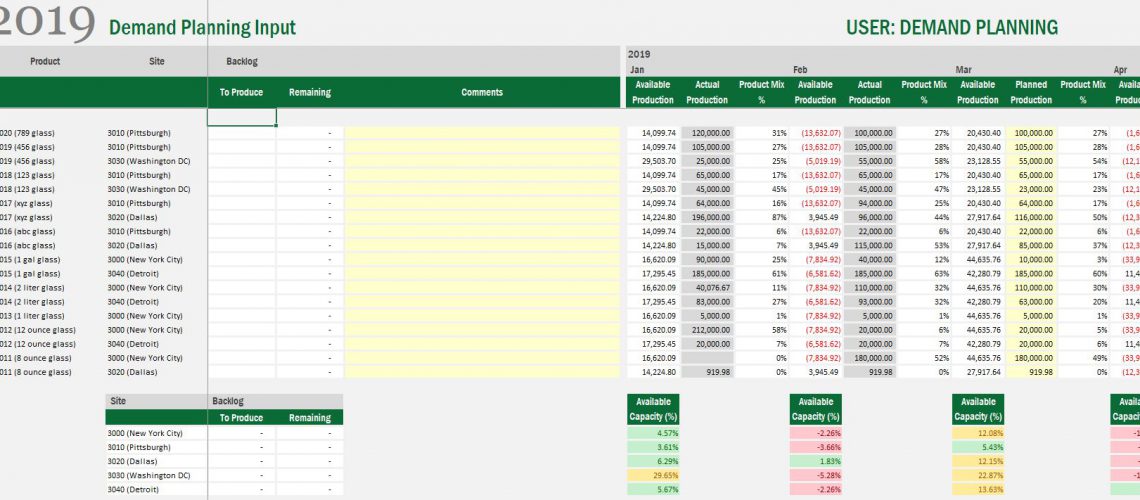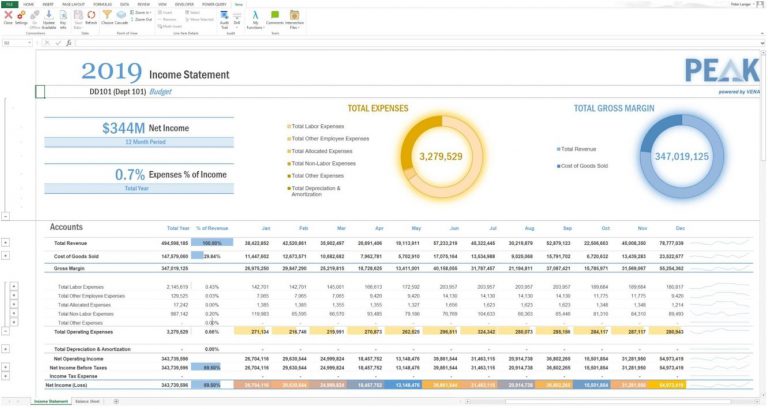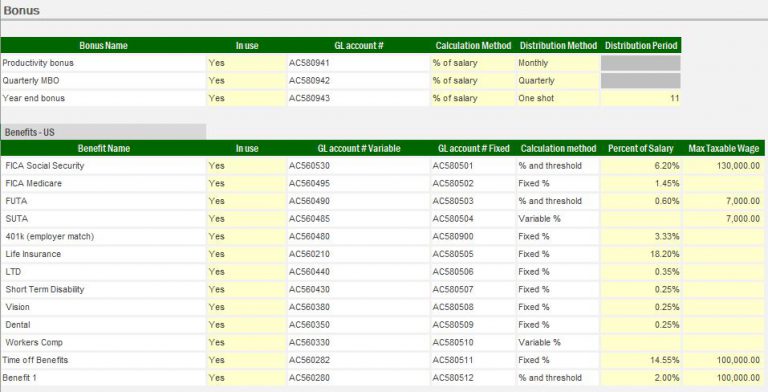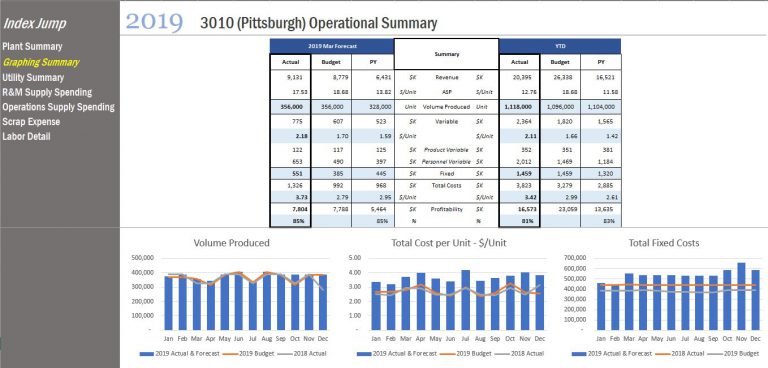Demand Planning solutions are driven by metrics and the ability to make necessary changes to the forecast. Thus, communication is essential to the entire management process; poor communication makes the entire organization suffer. This explains why most Demand Planning teams put a significant amount of emphasis on delivering improvements. By overcoming these challenges, not only can your company have better insight into the industry, but also the ability to conquer new product launches, customer buying patterns, and seasonality.
This post continues our four-part mini-series in which we teach you how to unravel manufacturing forecast solutions and master them for your business. In this installment, we focus on forming demand planning for your solution.
The Significance of Communication
Estimating demand is one of the most valuable and difficult activities your company take on. You feel a demand plan’s impact throughout your business, from sales and marketing to manufacturing and distribution. When done correctly, demand planning not only puts your company in an excellent position to provide industry leading customer service, but also meet your financial goals as well.
The Demand Planning Solution is important for assessing a company’s current operating efficiency, and it helps provide insight into the cost structure for the short term or long term. For example, you can use it to determine the level at which unit costs rise. This will encourage conversations with the Manufacturing Plant and the Engineering team to figure out what the plant can produce each day. Within this solution, demand planning leverages many of the performance metrics we established in our previous post. By understanding working days in a month (the production capability), demand planning can introduce sales orders to help figure out available production by product, by site.
Minimizing User Error Risk
When you rely on labor-intensive spreadsheets or inflexible planning tools, you limit your ability to stay current with trends. Vena allows the user to get real time data, to analyze product demand by site (includes a product mix). Moreover, plant summary allows senior leadership to see how well the plant is being utilized.
Additionally, if a plant has reached maximum capacity, users can quickly see if they “fat-thumbed” an entry by using a stop light conditional format. If the order is correct and is over plant capacity, this can trigger a few things. First, Demand Planning can go back to Sales to see if they can push the order’s lead time out to further months. Alternatively, conversations can take place with other locations that can produce the rest of the sales order. These Performance Management Solutions can also hint to the plants that overtime and/or another shift will be needed. We will later discuss headcount utilization in part three of this series.
Leveraging Controls
In Figure 1 below, you may notice that Washington DC was not at full capacity in January 2019. Demand planning through Vena allows you to save commentary from past periods to explain why the company did not achieve optimum production efficiency.

After setting up the demand by period, the user must allocate the production through the cost centers. Using previously determined product flags, only the unique cost centers to that location will be presented. Next, conversations with engineering and the plant will establish percent allocations to distribute production appropriately. We will come back to this when we discuss the Budget and Forecasting Solution template tool at the conclusion of this mini-series.
Cost of Failing to Forecast Accurately
With any software implementation, a business either looks to save money or make more money. Primary objectives are to justify the performance of impacted KPI’s using the Demand Planning Solution. These include:
- Hiring the right staff and managing overtime to make sure they meet all production targets.
- Spending less time on the maintenance or changeovers, so you can spend more time on longer production runs.
- Reduced waste (i.e. excess and obsolete inventory)
- Opportunities to negotiate better pricing or terms with suppliers.
- Creating case studies on production activities to understand if improvements can be made through capital investments
Conclusion
In closing, by leveraging the foundation of performance metrics, the user can communicate these Demand Planning Solutions to other locations to benefit from the actionable insights to make business decisions. Utilizing Vena’s lucrative enhancements can help you prevent costly mistakes.
Read More >> Manufacturing Forecast Solutions: Headcount Utilization




